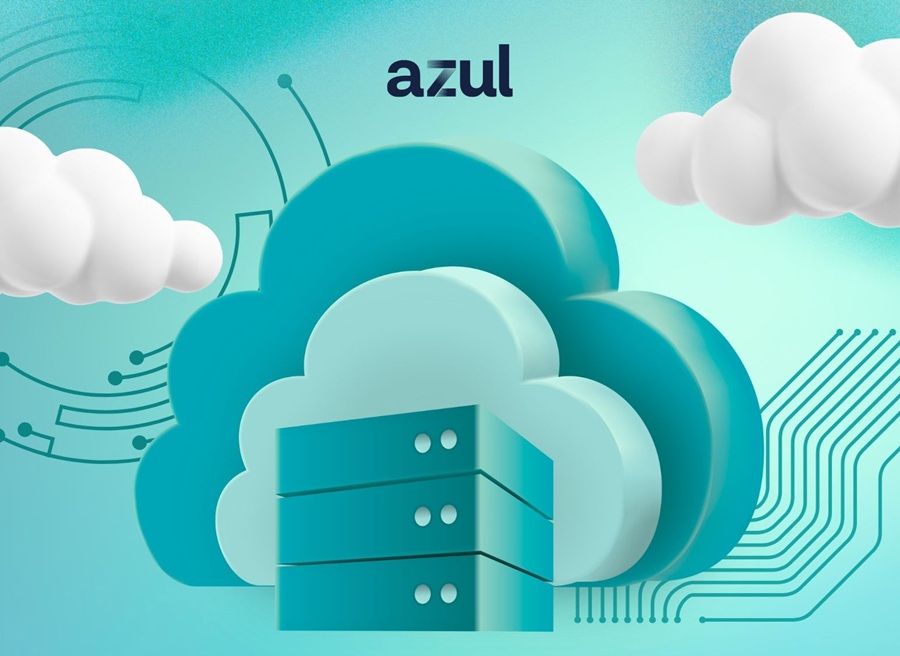Keynote unveiled its completely revamped Web Performance Indices providing global website owners the latest user-centric criteria for benchmarking performance.
Keynote's enhanced Web Performance Indices now include three new measurements, representing the cutting edge in determining how well a consumer experiences content and interacts with a website.
With the addition of these metrics, site operators can now view performance beyond just Web server or network responsiveness, and understand details like when a user first sees something other than a blank page, or when a page can be fully clicked, swiped or scrolled.
Bill Gassman of Gartner says, "Benchmark your website's speed across different types of devices and networks, for the most important and most common user tasks (mobile and desktop users) before you make any changes so that you can gauge the effect of investments in enhancement tools and techniques"
The enhanced indices raise the bar for companies striving to deliver a better online experience to customers with new precision, unavailable anywhere else.
The significance of adding user experience metrics is that site operators can now view performance beyond the perspective of only Web server or network responsiveness. These metrics represent important events in a page's lifecycle and makes the difference between a user seeing something – and nothing.
For example, a user visits two sites, each with a Total User Experience Time of five seconds. If site A starts displaying content in half a second but site B does not start rendering any content until four seconds, the perception of site A will be more positive, even though both sites have the same overall five second user experience time.
Keynote publishes 43 separate indices each comprised of hundreds of sites tracking all major business verticals, plus localized versions around the world. These include sites in the US, Europe, Australia and Japan, plus government sectors and industries such as banking, brokerage, credit card, lodging, apparel, books-music-video, electronics, automotive, startups, social networking and news. Data is available on a weekly basis, free of charge, with email alerts.
The company is also introducing the PerfDex API, a new free service that developers can use to access a real-time data stream of the Keynote Business 40 Index data.
The Latest
Regardless of their scale, business decisions often take time, effort, and a lot of back-and-forth discussion to reach any sort of actionable conclusion ... Any means of streamlining this process and getting from complex problems to optimal solutions more efficiently and reliably is key. How can organizations optimize their decision-making to save time and reduce excess effort from those involved? ...
As enterprises accelerate their cloud adoption strategies, CIOs are routinely exceeding their cloud budgets — a concern that's about to face additional pressure from an unexpected direction: uncertainty over semiconductor tariffs. The CIO Cloud Trends Survey & Report from Azul reveals the extent continued cloud investment despite cost overruns, and how organizations are attempting to bring spending under control ...

According to Auvik's 2025 IT Trends Report, 60% of IT professionals feel at least moderately burned out on the job, with 43% stating that their workload is contributing to work stress. At the same time, many IT professionals are naming AI and machine learning as key areas they'd most like to upskill ...
Businesses that face downtime or outages risk financial and reputational damage, as well as reducing partner, shareholder, and customer trust. One of the major challenges that enterprises face is implementing a robust business continuity plan. What's the solution? The answer may lie in disaster recovery tactics such as truly immutable storage and regular disaster recovery testing ...
IT spending is expected to jump nearly 10% in 2025, and organizations are now facing pressure to manage costs without slowing down critical functions like observability. To meet the challenge, leaders are turning to smarter, more cost effective business strategies. Enter stage right: OpenTelemetry, the missing piece of the puzzle that is no longer just an option but rather a strategic advantage ...
Amidst the threat of cyberhacks and data breaches, companies install several security measures to keep their business safely afloat. These measures aim to protect businesses, employees, and crucial data. Yet, employees perceive them as burdensome. Frustrated with complex logins, slow access, and constant security checks, workers decide to completely bypass all security set-ups ...

In MEAN TIME TO INSIGHT Episode 13, Shamus McGillicuddy, VP of Research, Network Infrastructure and Operations, at EMA discusses hybrid multi-cloud networking strategy ...
In high-traffic environments, the sheer volume and unpredictable nature of network incidents can quickly overwhelm even the most skilled teams, hindering their ability to react swiftly and effectively, potentially impacting service availability and overall business performance. This is where closed-loop remediation comes into the picture: an IT management concept designed to address the escalating complexity of modern networks ...
In 2025, enterprise workflows are undergoing a seismic shift. Propelled by breakthroughs in generative AI (GenAI), large language models (LLMs), and natural language processing (NLP), a new paradigm is emerging — agentic AI. This technology is not just automating tasks; it's reimagining how organizations make decisions, engage customers, and operate at scale ...
In the early days of the cloud revolution, business leaders perceived cloud services as a means of sidelining IT organizations. IT was too slow, too expensive, or incapable of supporting new technologies. With a team of developers, line of business managers could deploy new applications and services in the cloud. IT has been fighting to retake control ever since. Today, IT is back in the driver's seat, according to new research by Enterprise Management Associates (EMA) ...
